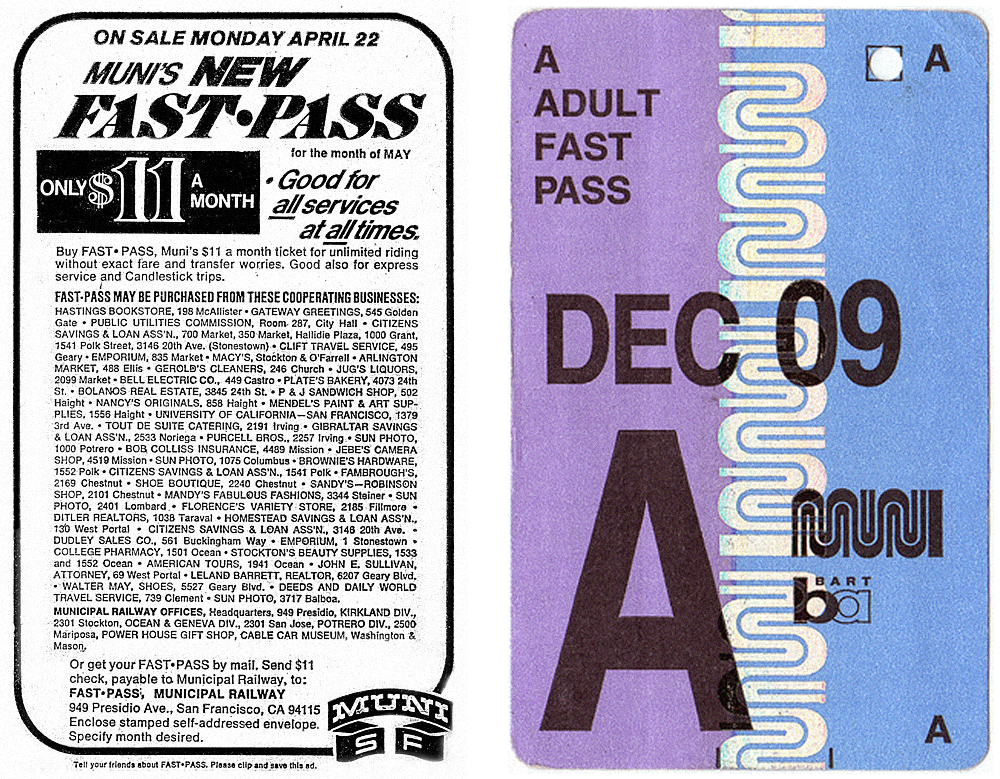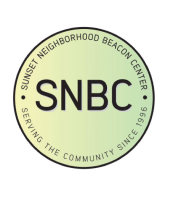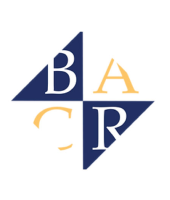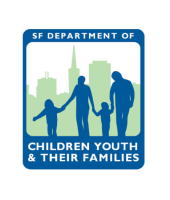One unforeseen but positive result of making this map is that I’ve learned a bunch of random MUNI facts. Unfortunately, they are definitely not the sort of trivia you whip out at a party, so I’ve decided to share Elsie’s Muni Facts exclusively with you, my loyal fans!
- Muni is short for Municipal so it’s not an acronym, and therefore not spelled MUNI, but Muni. I wished I’d learned this one sooner, as throughout this column I have referred to it as MUNI (although MUNI does look cooler).
- The Muni trolley bus system (electrical buses that are connected to the wires over the street) is the second-largest in the Western Hemisphere. The only larger one is in Mexico City.
- The 24 Divisadero has the single steepest grade of any trolley bus line in the world with a 22.8% grade on Noe St between Cesar Chavez and 26th.
- The COVID-19 pandemic has caused more than a 90% decline in ridership, in addition to intensive cutbacks on routes, leading to the worst Muni service since 1906.
- The SF cable car system is the last manually operated cable car system in the world.
- In terms of ridership, Muni has the seventh largest transit system in the US and the second-largest in California (behind Metro in LA) with 716,000 daily riders on average.
- The Fast Pass (my column’s namesake) was first issued in 1974, before the transition to Clipper in 2011. Back then it had a different look every month. The most iconic look to me was the color-blocked passes with a holographic stripe running down the middle. The featured image of this post is the first Fast Pass next to one from the 2000s, in the final iteration of its design. However, you can choose your favorite look with this wonderful catalog that a fellow Fast Pass enthusiast, John Kuzich, made cataloging every month from its beginning to end. I highly recommend that you check it out. http://www.kuzich.com/fastpass/
Alright, that’s all the facts I’ve got. See ya next time! Hopefully, with a completed map.





